I’ve been trying out some of the new watches that display caller IDs, text messages, Twitter and news feeds, and the weather, too — all beamed from a nearby companion smartphone.
The watches are intended for those times when it is inconvenient to pull a smartphone out of a backpack or a pocket to check messages. Instead, you just check your quietly vibrating wristwatch.
So if you’re riding your bike when your boss sends a text, or carrying a big bag of groceries when your mother-in-law fires off an e-mail, the snippet displayed on the watch face might help you decide whether to pay attention.
Some of these new watches are already on the market; others are in prototype. Sony’s SmartWatch, which sells for $149.99 at Sony stores and at the company Web site, is optimized to work with Sony’s Xperia line of phones, said Stephen Sneeden, the United States product marketing manager for Sony Mobile. But it is also compatible with most Android-based phones running version 2.1 and above, he said. A list of smartphone models that work with the watch will be posted at the Web site.
THE SmartWatch has a sleek color touch screen that works by way of swipes, taps and the occasional two-fingered pinch. There is only one actual button — the on/off one tucked discreetly into the side. A rubbery black band comes with the watch; bands in five other shades cost $19.99 each.
The Sony watch has its limitations. If you’ve wandered off on an errand and left your smartphone behind, don’t expect the phone to relay messages to your wrist from afar. The range for Bluetooth wireless communication between watch and phone is about 30 feet, Mr. Sneeden said.
The touch screen has deep, attractive colors indoors but fades in direct sunlight. The watch has no voice capabilities built into it, and you cannot type replies on it, though you can send canned, prewritten responses like “Busy now.” Gmail is the main e-mail program it uses; attachments can’t be read.
But you may find that the watch has advantages, too. Vibrations on your wrist to notify you of messages are far harder to miss than fainter ones coming from a phone stashed in a coat pocket. And there are many times — say, when you’re sitting in a meeting, supposedly paying attention — when the wrist is a discreet spot to check Facebook updates along with the time.
The SmartWatch requires two apps for setup — LiveWare Manager and SmartWatch — both free on Google Play. Most Xperia phones have LiveWare preloaded, Mr. Sneeden said.
Another Android-based smart watch, the WIMM One, was created primarily for developers who will incorporate it into mobile electronic products, said Tim Twerdahl, vice president for product marketing at WIMM Labs in Los Altos, Calif. The watch is also available on Amazon for $199.
The WIMM One, a bit chunkier than the Sony SmartWatch, has a lot of built-in processing power, and two wireless communication modes — Bluetooth and Wi-Fi — so that it can work through a home network.
“It will sync via Wi-Fi to your home office network and run all the apps without being paired to a phone,” Mr. Twerdahl said. This allows a user to read news feeds and to check messages on the watch face even if the phone isn’t near.
The watch has a touch screen with two display modes. A power-saving black-and-white display turns the backlight off and uses ambient light to illuminate the screen. But holding a finger down on the watch face for a second brings a full-color screen to life.
WIMM One typically lasts about 30 hours on a single charge, Mr. Twerdahl said.
The watch comes preloaded with six apps. Other apps, all free, are at the WIMM Micro App Store Beta.
More smart watches are on the way, including the Pebble, now in prototype, which will display information from Android phones and iPhones. It has a black-and-white e-paper display and buttons, rather than a touch screen.
Many apps for the new watches can help owners with a range of practical tasks. One coming app for WINN One, Mr. Twerdahl said, will let a user draw a finger forward or back across the watch to change slides during a presentation.
Another app may be handy in shopping. With a few swipes,” he said, “you can check your credit card balance” to see if you are exceeding your limit.



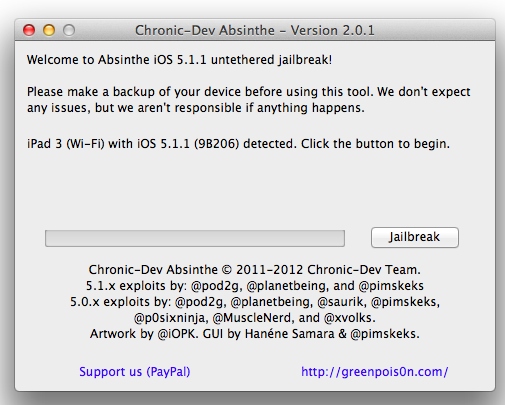
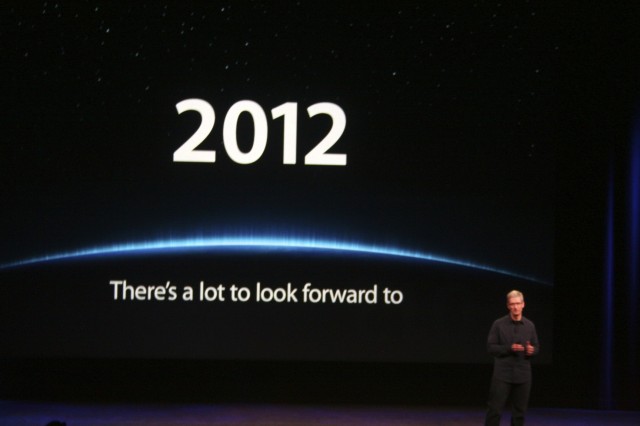
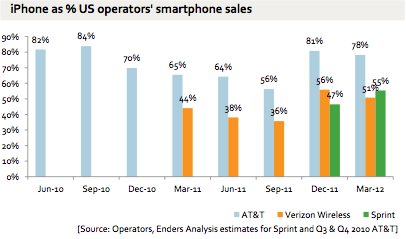
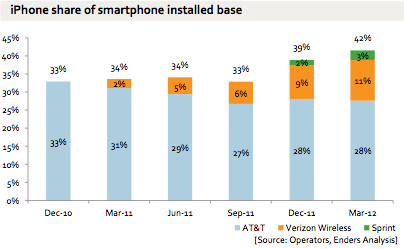
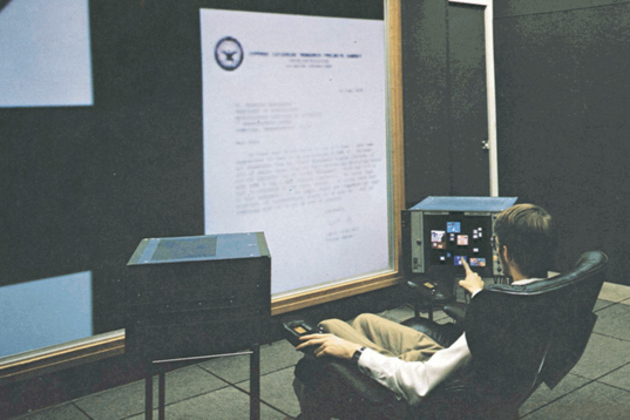
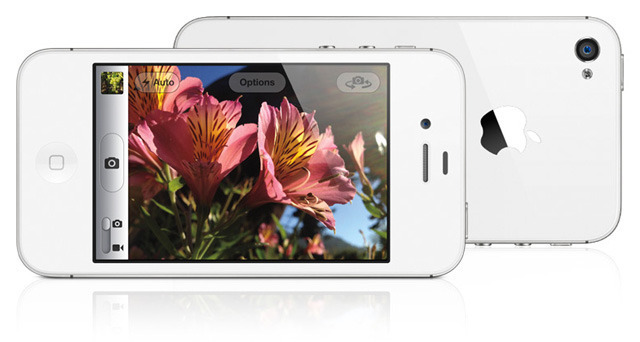



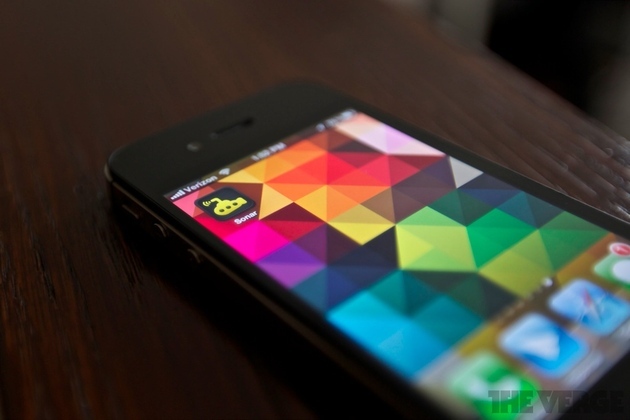




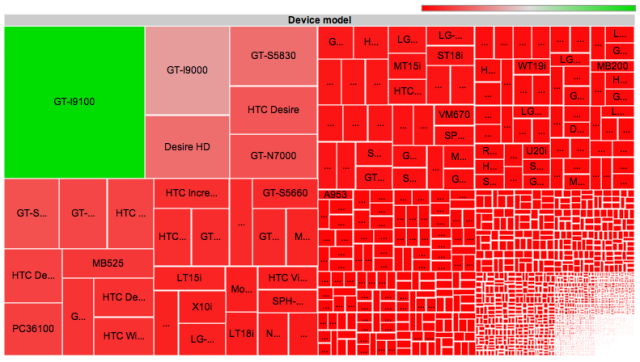
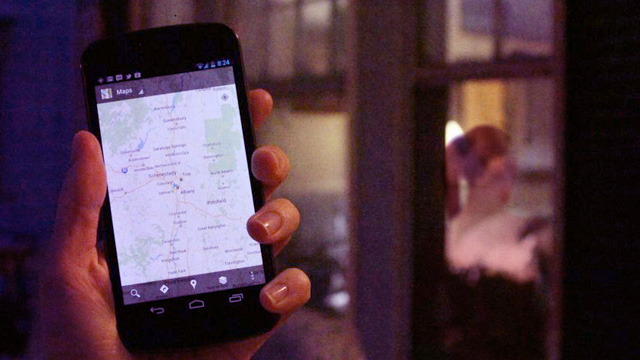










 By Sriram Saroop, Product Manager
By Sriram Saroop, Product Manager






